You might recall that last year we welcomed a group of students from the University of Pittsburgh who participated in a study abroad in Romania. I already shared some of their experiences here. This short video captures their final impressions of Romania at the end of their trip.
As part of their course load, they submitted journal entries, ethnographic notes, reports, and podcasts. I am grateful that they allowed us to have a look and learn how Romania appeared to them as they traveled from Bucharest to Transylvania to conclude their journey in Cluj before exploring how Romania is represented in Brussels within the EU context.
So what did I learn from the Pitt students?
Romania, A Land of Paradoxes
Romania seen by the students is a land that thrives on paradoxes. It is both ancient and modern, deeply rooted in tradition while figuring out the demands of globalization. This duality is both a challenge and an opportunity for branding Romania as a destination embracing complexity.
Another way to see this is by pointing out contrasts in Romania. While people in the countryside still use traditional tools and techniques to work the land, they carry a smartphone. It’s also common in cities to see century old buildings next to communist looking ones and just around the corner, a modern skyscraper or contemporary structure.
Balancing Authenticity and Commercial Appeal
The students wrote that the tension between preserving authenticity and catering to commercial tourism is palpable in Romania. Sites like Bran Castle, Romania’s strongest connection to its most famous global ambassador, Dracula, feel curated to meet tourist expectations.
In contrast, rural villages and traditional crafts provide unpolished glimpses into Romania’s soul. The fortified Saxon churches, the medieval charm of Transylvania’s old capitals, and the untouched rural landscapes offer a rich menu of experiences and stories to explore.
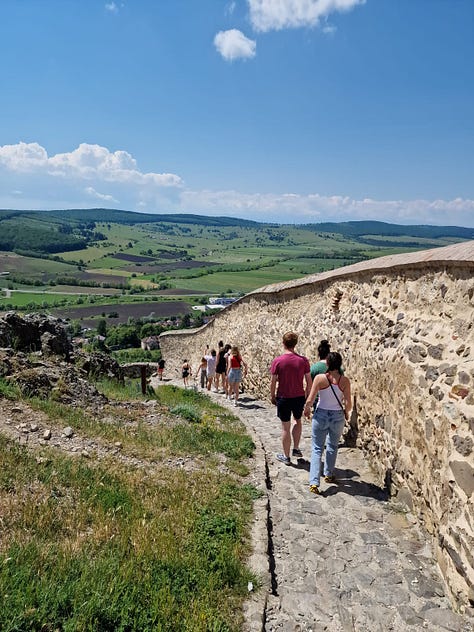
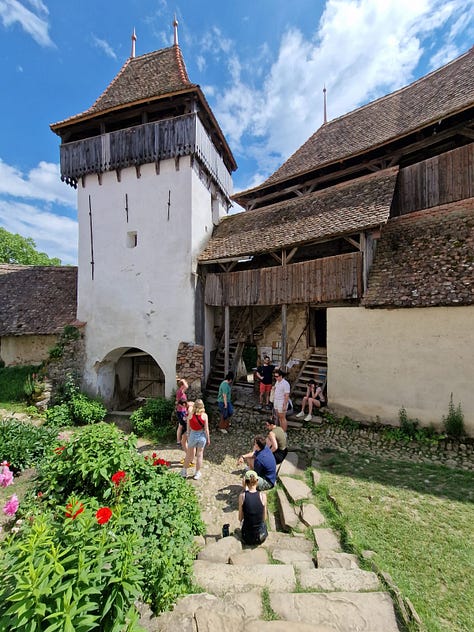
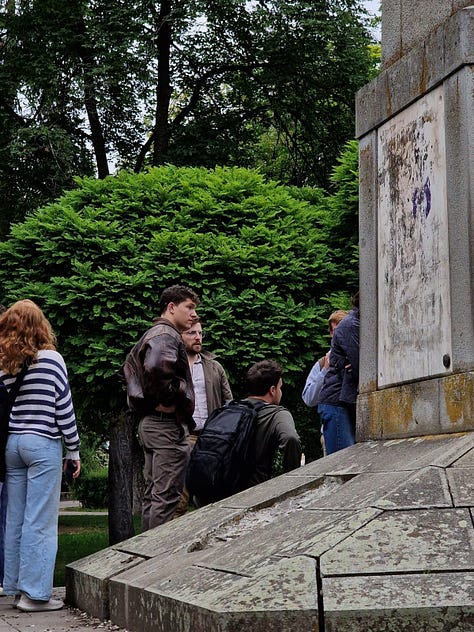
Romania’s unspoiled nature and biodiversity are unparalleled in Europe. By promoting eco-tourism and sustainable travel, Romania can attract a new wave of conscientious travelers. Its rural charm—highlighted by traditional crafts, local festivals, and farm-to-table experiences—adds an intimate layer to its branding.
How does one brand Romania embracing both the experiences for the casual tourists and the opportunities for deeper exploration and connection with the country?
How can Romania position these elements to appeal to tourists seeking authenticity over cliché?
The Romanian Identity
The students also believe that while Romania’s past is integral to its brand, its future lies in modern identity. The remnants of its communist past are powerful reminders of resilience, telling a story of endurance and transformation. By pairing this legacy with its emerging tech hubs, vibrant art scenes, and the younger generation’s push for political and social reform, Romania can position itself as a forward-thinking destination.
Finally, by celebrating its diverse heritage, from Hungarian strong influences to Roma traditions, Romania can craft an inclusive brand that resonates globally.
Conclusion: Embracing Complexity
The students conclude that rebranding Romania requires a careful balance—honoring its past while embracing its future.
Its history, resilience, nature, and vibrant traditions are its greatest assets.
How do you craft a narrative that speaks to history lovers, adventure seekers, and modern explorers?
Could Romania become a destination of depth and discovery?




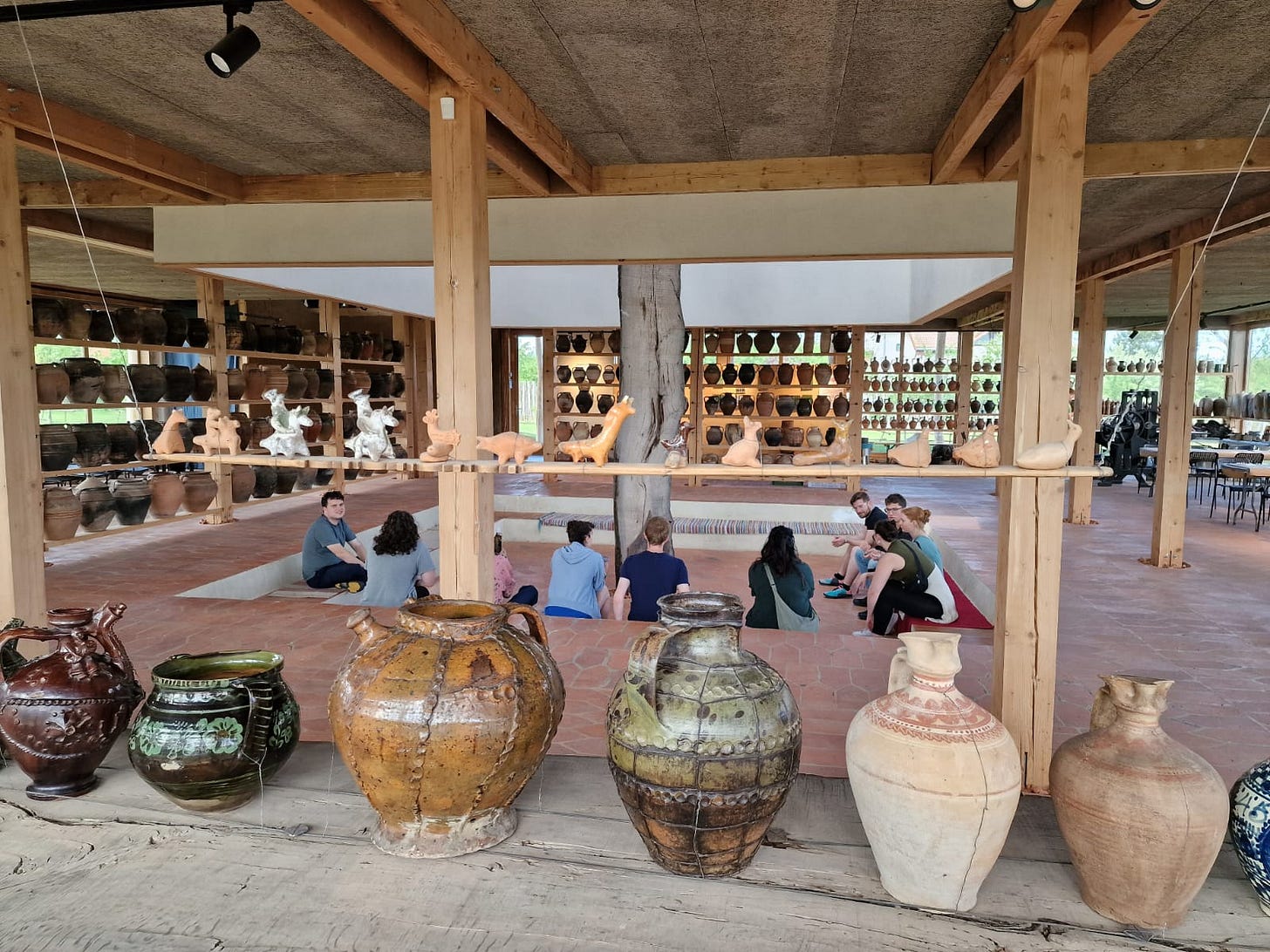

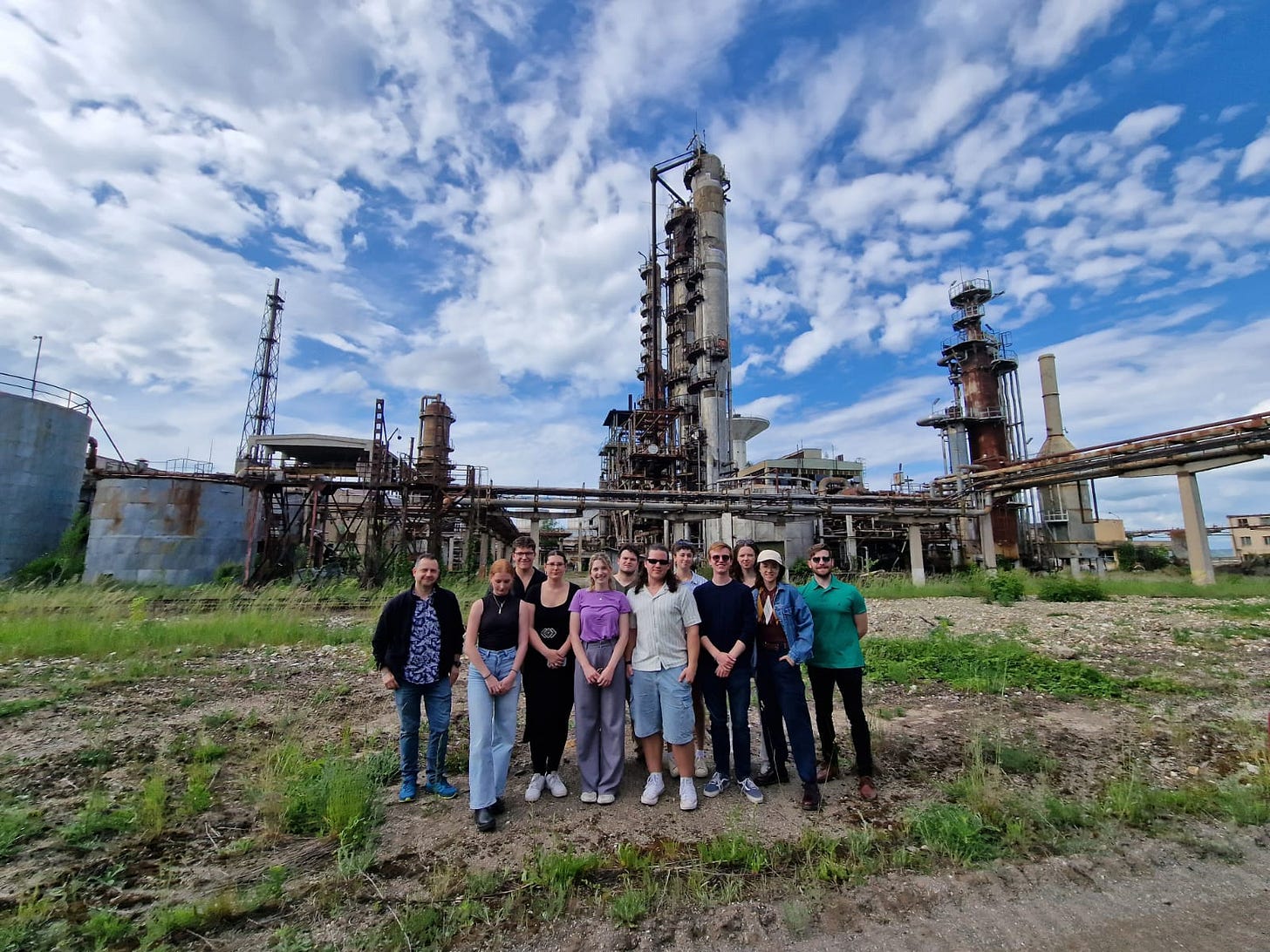
Wonderful ponderings! I'm curious how you feel inter-generational approaches to tourism can be established, pairing the wisdom of older generations with young Romanians' perspectives.
Great read, Raluca – very insightful! One thing did pop into my head though: How can we strike that delicate balance between showcasing the country's stunning, unspoiled landscapes and ensuring they remain untouched? What kind of strategies – whether through sustainable tourism, local community involvement, or eco-conscious branding – can be put in place to promote the beauty of Romania without compromising its natural heritage?